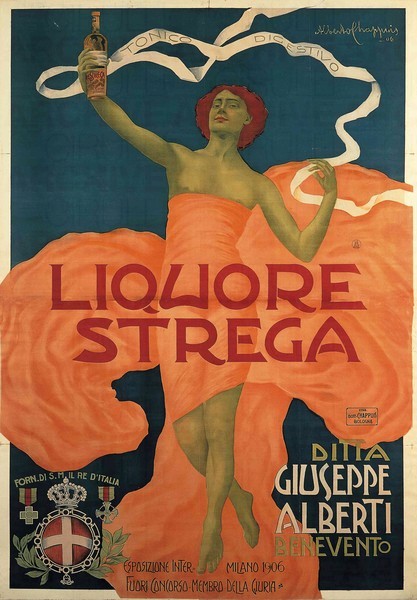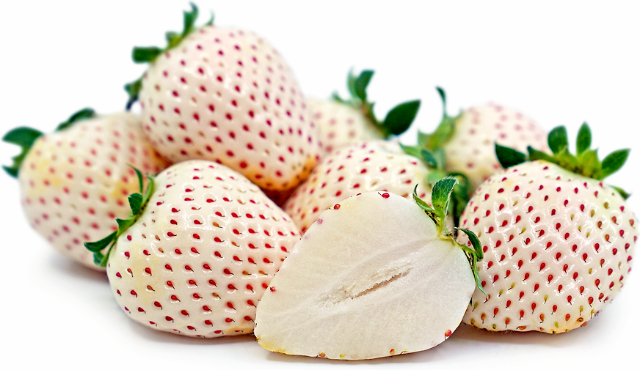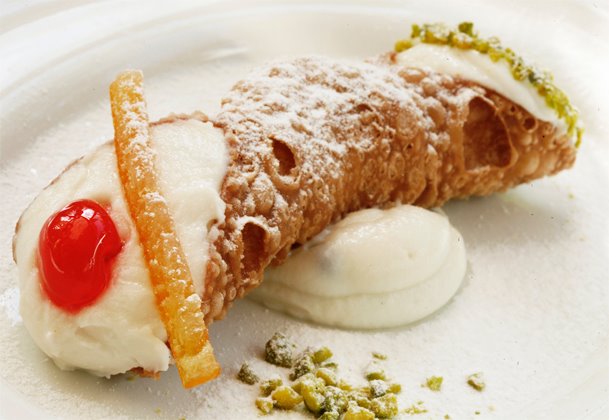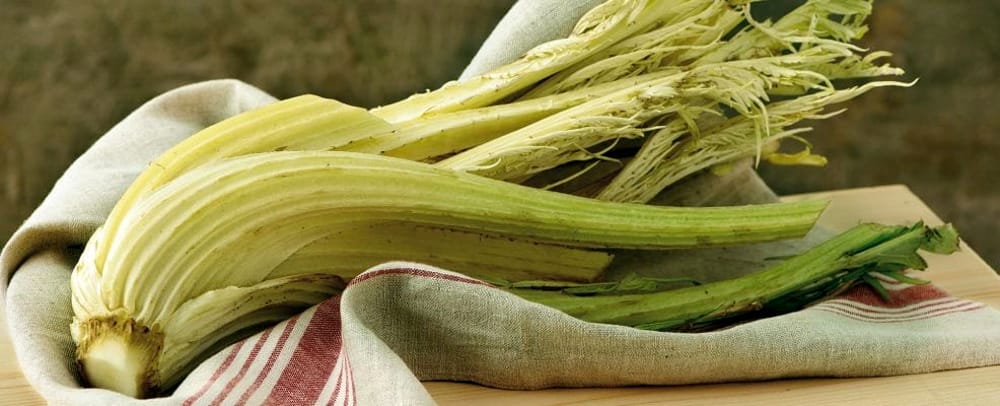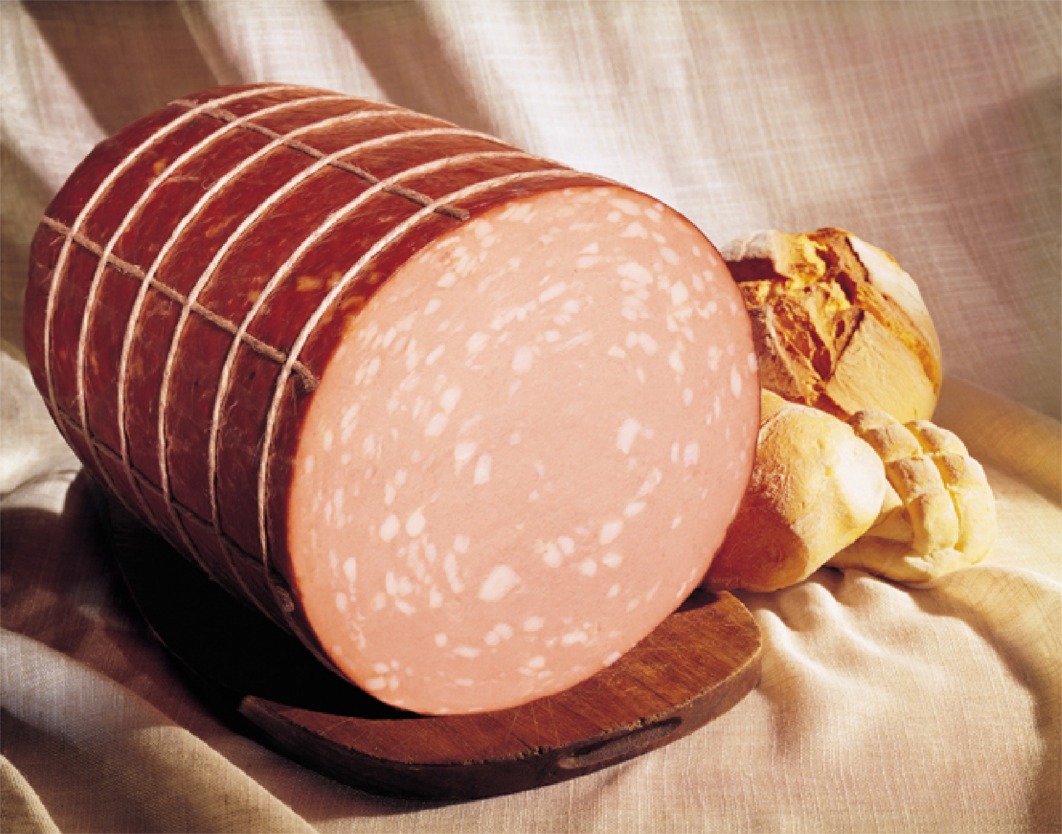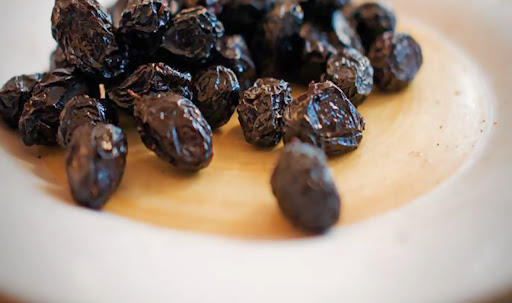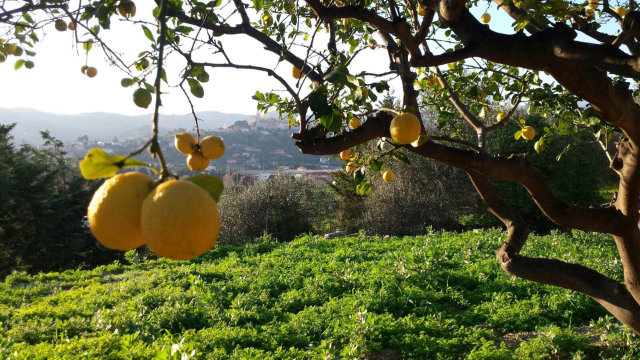Strega liqueur, commonly called the Strega, has a sweet and velvety taste, a fairly thick consistency, and is very aromatic with hints of mint and spices including cinnamon and saffron, the ingredient that gives it its typical yellow color.
As a liqueur it is quite versatile; it is generally drunk after meals as a "coffee killer," either cold or hot, or it is used to accompany dry pastries and cookies, to flavor some cakes and desserts (for example, in mimosa cake instead of marsala), or even in drowned ice creams and fruit salads, or, finally, as an ingredient in some cocktails, as an alternative to Galliano liqueur, which it also resembles in color.
History of Strega liqueur
Strega liqueur
Strega liqueur was created in 1860 by the Strega Alberti distillery in Benevento.
The name "witch" was chosen to recall a Longobard legend that saw the city of Benevento as the official haunt of all the witches in the world.
The original recipe, which has remained unchanged and secret to this day, calls for the use of about 70 varieties of spices and herbs, among which saffron, cinnamon, mint, fennel, juniper and nutmeg are well-known.
Each herb is carefully selected by the Alberti family and then stored in numbered wooden chests; some very valuable ingredients are kept under lock and key.
The workers who make the liquor are only responsible for taking the exact quantities for each numbered ingredient and then grinding them, so that the recipe can always remain secret.
The liqueur is matured in oak barrels for about a year before being bottled, to give the herbs and spices a chance to blend well together.
Strega liqueur has worldwide fame, thanks in part to the fact that it has been mentioned in so many films and books by internationally renowned authors, from Ernest Hemingway, who mentions it in "A Farewell to Arms," to Vinicio Capossela, who poeticizes it in his song "Con una rosa
